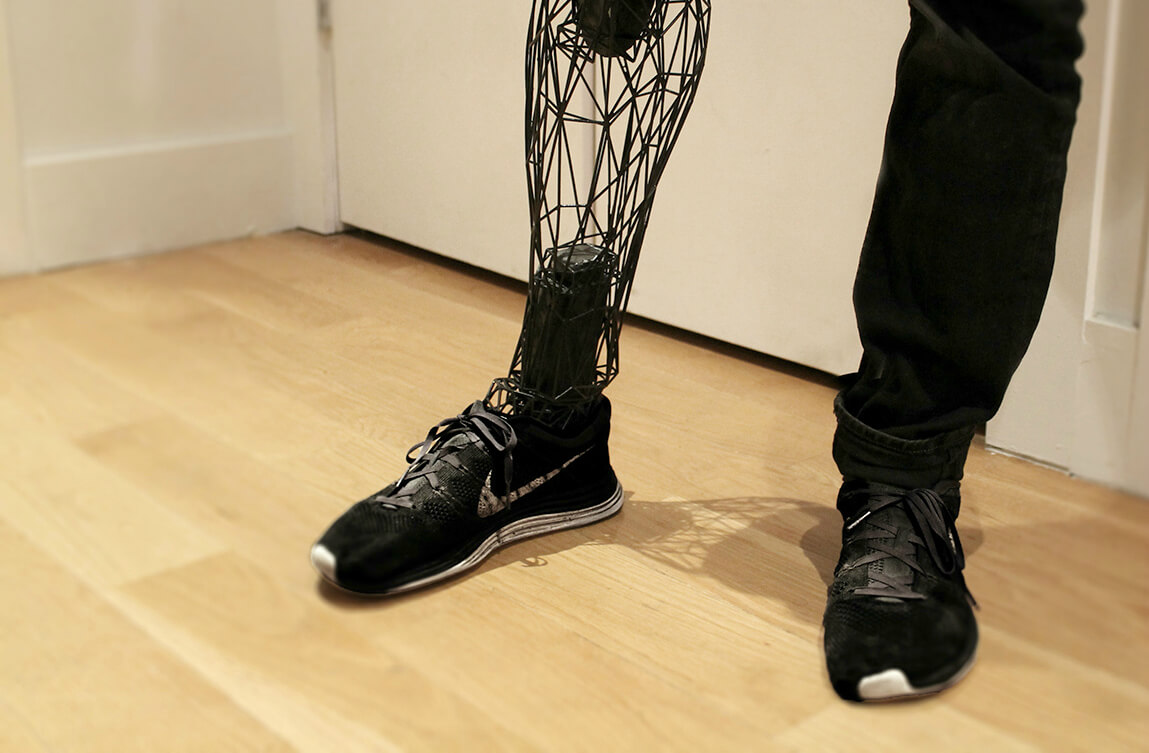In the ever-evolving landscape of prosthetics, a technological marvel has taken center stage: 3D printing. Beyond the whirrs and hums of the 3D printer lies a world of endless customization and innovation, reshaping the way prosthetic limbs are crafted. In this laid-back exploration, let’s dive into the realm of 3D printing in prosthetics—a journey where precision meets personalization, and innovation sparks newfound possibilities.
A Symphony of Layers: How 3D Printing Works
At its core, 3D printing is a process that builds a three-dimensional object layer by layer from a digital model. Imagine the layers stacking up like a deck of cards, each one contributing to the intricacy of the final product. In prosthetics, this method provides a level of precision and detail that traditional manufacturing processes struggle to match.
The beauty of 3D printing lies in its versatility. Whether it’s crafting intricate designs, replicating the complexity of human anatomy, or incorporating unique features tailored to an individual’s needs, 3D printing has become a game-changer in the world of prosthetics.
Unleashing Customization: Tailoring Limbs to Perfection
One of the most striking aspects of 3D printing in prosthetics is the unprecedented level of customization it offers. Traditional prosthetics often come in standard sizes and shapes, leaving users with a one-size-fits-some solution. 3D printing, on the other hand, allows for the creation of prosthetic limbs that are as unique as the individuals who wear them.
Consider a world where every curve, contour, and connection point of a prosthetic limb is customized to match the user’s anatomy. This level of personalization ensures a comfortable fit, improved functionality, and a prosthetic that seamlessly integrates into the user’s life. It’s not just a limb; it’s a bespoke extension of self.
The Canvas of Creativity: Designing Personalized Prosthetics
Beyond functionality, 3D printing transforms prosthetics into a canvas for creativity. The digital nature of the design process means that prosthetic limbs can be adorned with intricate patterns, textures, and even personalized aesthetics. It’s no longer just about mimicking the appearance of a natural limb; it’s about celebrating individuality and personal style.
Picture a prosthetic limb with a vibrant, personalized design—a floral pattern, a favorite quote, or a nod to a beloved hobby. The possibilities are as limitless as the imagination. This marriage of function and creativity is not just about replacing what’s lost; it’s about expressing oneself in a way that was once unimaginable in the world of prosthetics.
Rapid Prototyping: Accelerating Progress and Innovation
In the realm of prosthetics, innovation often hinges on the ability to iterate and improve rapidly. 3D printing facilitates this process through rapid prototyping. Traditional manufacturing methods can be time-consuming and expensive, making it challenging to experiment with new designs and features. With 3D printing, however, designers can quickly produce prototypes and make adjustments on the fly.
This accelerated pace of innovation means that breakthroughs in prosthetic design and functionality can happen at a rate previously deemed impossible. It’s a dynamic cycle of creation, testing, and refinement that propels the field of prosthetics forward, ensuring that users have access to the latest and most advanced solutions.
Beyond Limbs: The 3D Printing Revolution
The impact of 3D printing extends beyond the realm of prosthetic limbs. Customization and innovation have found their way into various assistive devices and accessories. From sockets and braces to adaptive tools and equipment, 3D printing is leaving its mark on the entire landscape of assistive technology.
Consider the transformative potential of a 3D-printed adaptive tool designed specifically for an individual’s unique needs. It’s a testament to the adaptability and versatility that 3D printing brings to the world of assistive devices, fostering independence and improving the overall quality of life.
Challenges and Future Horizons: Navigating the 3D-Printed Path
While 3D printing in prosthetics opens up new frontiers, it’s not without its challenges. Material selection, durability, and the need for skilled technicians are areas that continue to be explored and refined. However, these challenges are not roadblocks; they are stepping stones on the path to a future where 3D printing becomes an integral and seamless part of the prosthetics landscape.
Looking ahead, the future holds the promise of even greater integration of 3D printing in prosthetics. Advancements in materials, coupled with ongoing research and development, will likely address current challenges and pave the way for an era where 3D-printed prosthetics become the norm rather than the exception.
Conclusion: A Tapestry of Possibilities
As we navigate the world of 3D printing in prosthetics, we discover a tapestry woven with threads of precision, customization, and innovation. It’s a realm where technology meets the deeply human need for self-expression and individuality. With every layer crafted, every design realized, and every innovation embraced, 3D printing in prosthetics is not just building limbs; it’s building a future where assistive technology is as unique as the individuals it serves—a future that celebrates the diversity of the human experience, one personalized prosthetic at a time.



